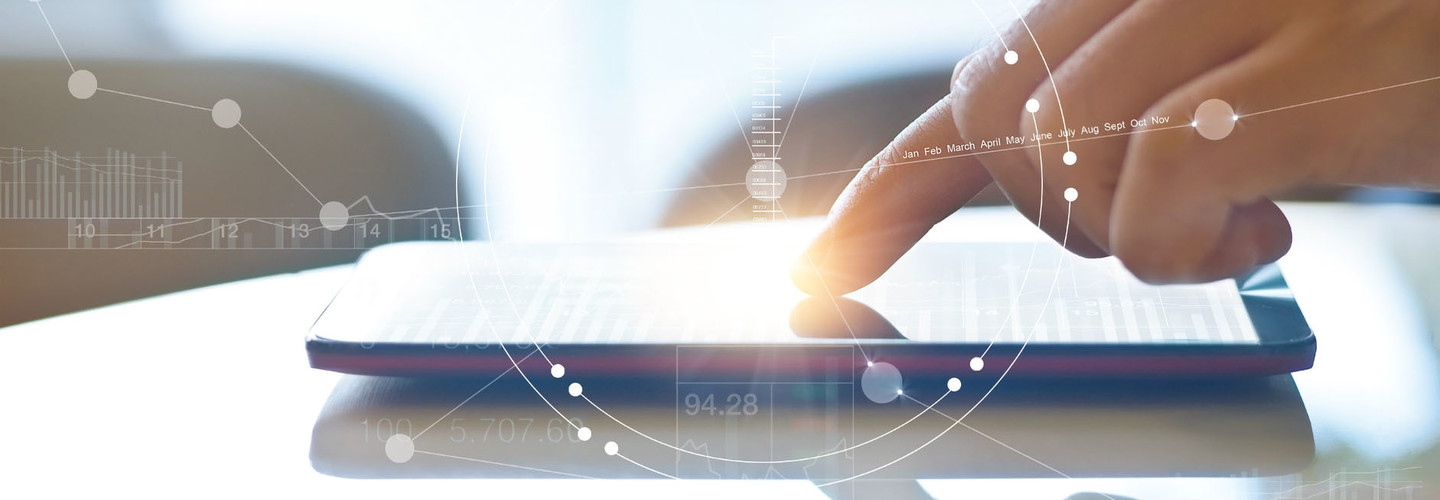4 Steps to Free Up Storage on End-User Devices
Employees now use handsets, smartphones and tablets for every IT task, essentially, both work-related and personal. So, it’s not unusual to find those devices cluttered with often unnecessary apps and data that consume valuable storage.
Users typically don’t make local storage management a priority, and they frequently run short on space — even if they use smartphones and related devices with the largest internal capacity. But that causes more than a mere inconvenience, as government operations depend on sufficient storage on end-user devices. To add to the problem, the rapid rise of BYOD programs means that public sector IT managers must tackle the storage challenge on devices they don’t completely control.
Fortunately, storage management offers a win-win scenario for IT managers who want adequate space for work-related activities and end users who want the same for their personal activities and applications.
These tips will make achieving those goals as easy as possible:
1. Let Policies Lead BYOD Security
Ensure acceptable-use, BYOD and security policies are in place. Specify that end users must reserve enough space for work purposes. (Individual BYOD agreements should do the same.) Keep help desks up to date on storage issues; expect a few calls on the subject, and be ready to offer training, support and advice.
SIGN UP: Get more news from the StateTech newsletter in your inbox every two weeks
2. Apply Mobile Content Management
MCM products and services can reserve a portion of storage — called a container — just for government work, managed (and secured) directly by the agency. That makes it easier to ensure sufficient space for the tasks at hand. MCM does not interfere with nongovernmental activities, essential on user-owned devices.
3. Back Up and Delete Important Data
IT staff or end users should back up work information, then delete unnecessary or otherwise unneeded data and apps to free up space. Both online (cloud-based) backup services and USB drives — available even for specialized connectors, such as Micro-USB and those on the iPhone — are cost-effective options.
Carefully consider security aspects of any local or cloud-based backup or sharing application, although properly configured MCM secures and backs up government data at all times. End users — not government IT management — should be responsible for the backup of nonwork data.
4. Perform Regular Maintenance on Nongovernment Data
End users should regularly manage local storage of nongovernmental data on personal devices. Encourage them to regularly delete unnecessary apps and data (especially large files, such as music, videos and unneeded messages) and clean out caches, temporary folders, download folders and related storage nooks and crannies.








